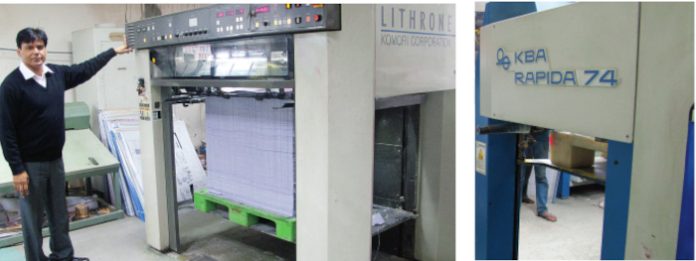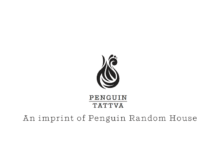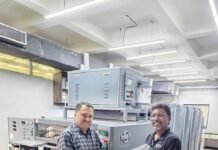
Cirrus Graphics has been one of the contributors to the steady growth of commercial printing in the Delhi-NCR region over the past two decades.
Operating two units in Noida, the company started its operations in 1998 with premedia work for company economic reports. Its managing director Udesh Kumar says, “We began with offset prepress activities and in 2002, realizing the growing demand, set up a factory in Sector 80 for notebook production. Initially, we had an offline plant for notebooks, but moved to automated lines to reduce time and produce
higher quality end products. We expanded gradually and in 2007 started producing student notebooks for BILT and JK Paper amongst others. In the same year, our high quality multicolour commercial printing plant in Sector 67 commenced production with a brand new Komori Lithrone S40.”
Initially, Cirrus Graphics’ prepress included a Scitex scanner and a Dolev 800V internal drum imagesetter. Now it has a Kodak Quantum III CtP unit, a Fuji Celsis 6250 digital drum scanner, an Epson 9880 large format printer along with the Scitex imagesetter.
Cirrus Graphics’ pressroom contains the 4-colour Komori Lithrone S40, a 5- colour KBA Rapida with coater, a 2- colour Heidelberg SM74, and two single-colour Komori machines. Kumar says, “The performance of the Komori machines is excellent and helps us in producing high volumes without compromising on quality.
When we wanted to expand in single- colour printing of notebooks, Komori was the first choice. These machines are operator friendly and productivity oriented, which results in printing solutions which cater perfectly to customer requirements.”
Gearing up for India-specific machines
A feature of the Komori presses that impressed Kumar is their robustness and the ability to adapt to Indian printing requirements and conditions. “The power situation in the Delhi- NCR region is quite dismal and there is a persistent need to have alternative sources of power.
With fluctuating power supply adversely affecting printers in this region, we need machines which do not break down and our printing process is not hampered. Komori machines stand up to this challenge and even if you have a used machine, power woes will not hamper your printing process,” says Kumar.
Earlier the company had a 2- colour Heidelberg Sorz, but wanting to enhance its single-colour capacity it purchased two single-colour Komori machines. Kumar is also satisfied with the performance of the Heidelberg, but finds the Komori machines more cost effective.
In terms of postpress equipment, Cirrus Graphics has a folding machine from Stahl and an automatic sewing machine from Aster which provides fast output as well as a Muller Martini saddle-stitcher and a Welbound six-clamp machine for perfect binding.
Challenging times for commercial printers
Although there has been a growth in the number of magazines and newspapers published, commercial offset printing of brochures and pamphlets have taken a hit recently. And while there is still some growth, the growth curve is flattening. “There are more printing units than required.
In the past five years, there have been many additions to the printing fraternity which makes it over- competitive for new entrants as well as existing printers – often resulting in unhealthy competition,” says Kumar. Commercial printers are finding it increasingly difficult to survive and maintain their profit margins.
“The kind of demand enhancement which we had anticipated has not happened in the past few years.
Printing requirements have not kept pace with the enthusiasm with which entrepreneurs have opted to enter this sector.
This predicament results in many commercial printers moving towards packaging and allied activities in order to make optimum use of the expensive equipment which they have purchased

















